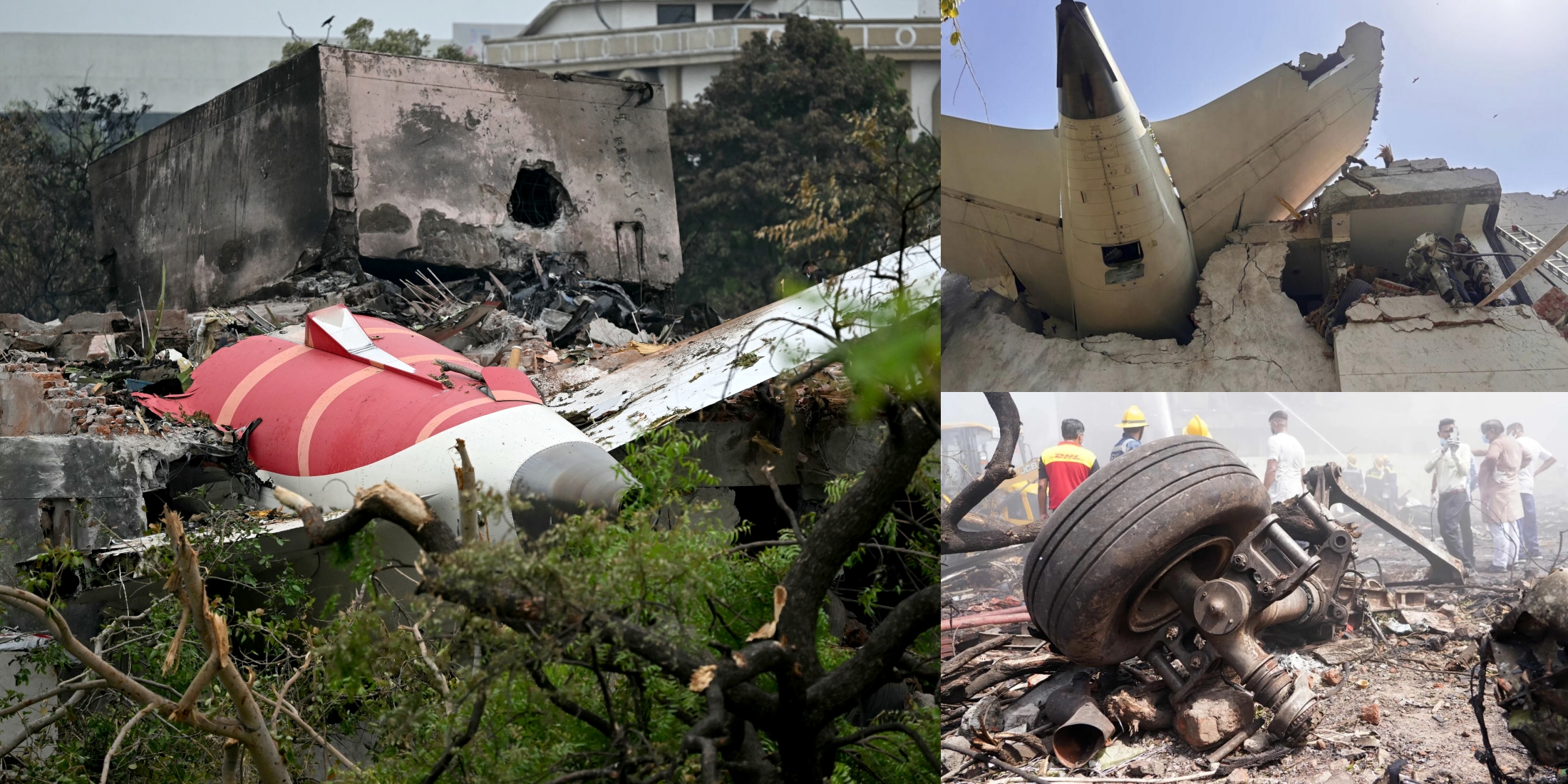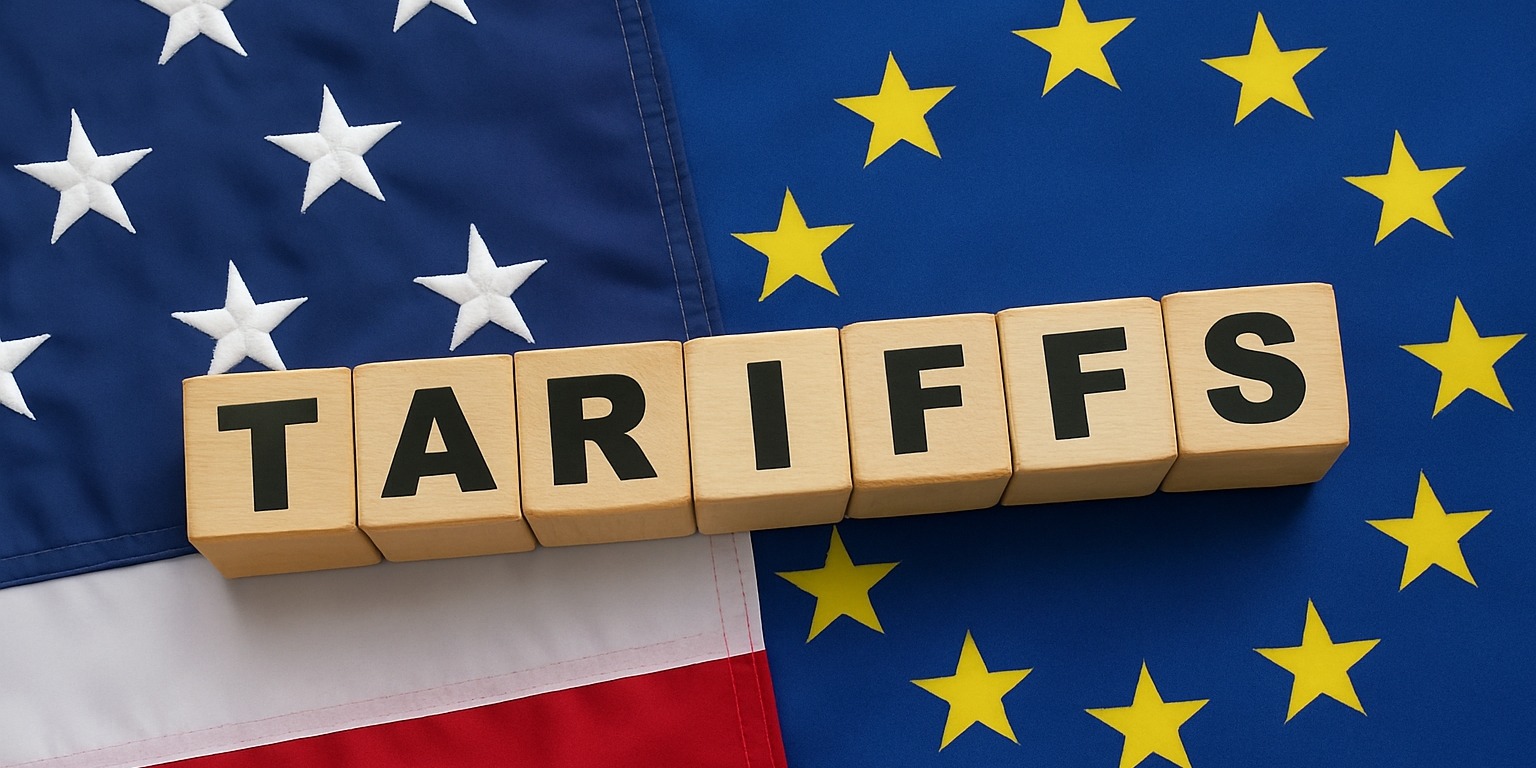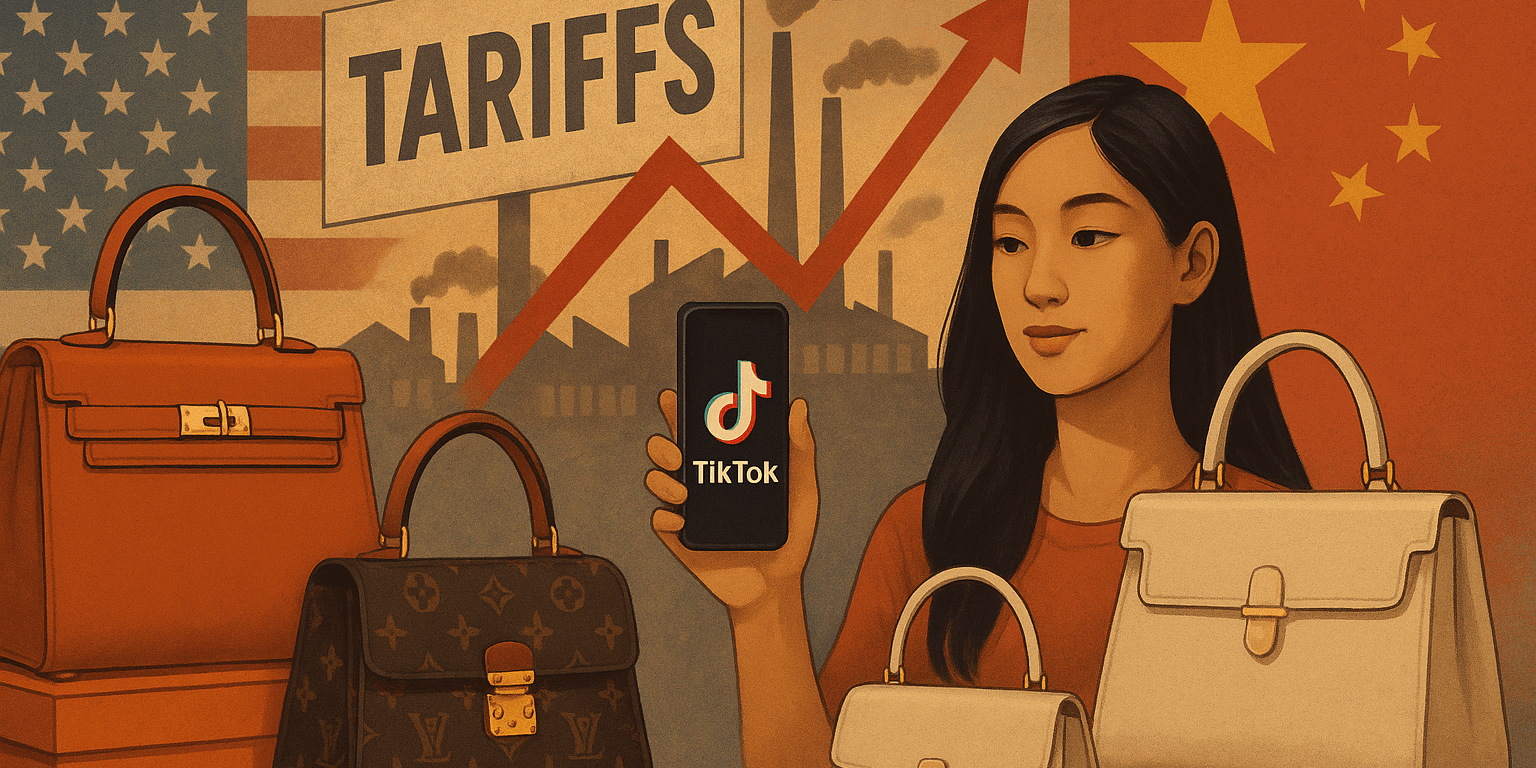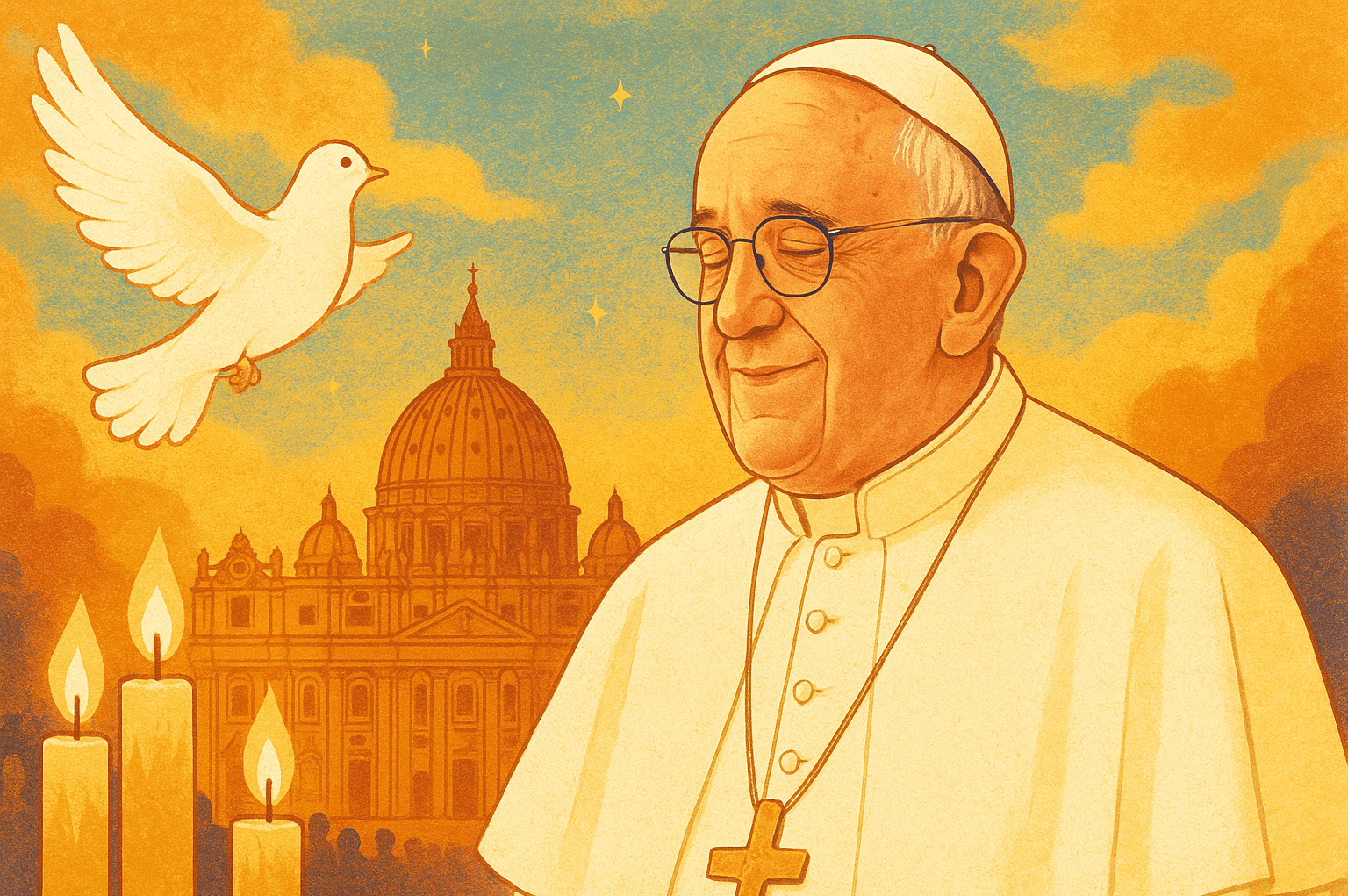This shows how Bangladesh’s inflation problem is putting millions of people under constant pressure and threatening their financial stability. According to the most recent data from the Bangladesh Bureau of Statistics (BBS), the rate of food inflation in Bangladesh increased from 12.66% in October 2024 to 13.8% in November 2024. The point-to-point inflation rate in November is 11.38% with consumer prices going up 0.99% from the month before. On the other hand, the inflation rate in 2023 was 9.88%, up 2.19% from the rate of 7.70% in 2022, which had elevated 2.15% from 2021.
This escalating trend indicates that citizens are facing an increasing burden of debt as the price of common goods and services keeps rising. It is important to look deeper into factors causing this high inflation and how it affects the lives of millions. Food prices have been rising over the past two years, according to the World Food Programme (WFP). In 2022, the cost of food for each person living below the poverty line was TK 1,851 per month. By February 2024, this figure had risen to Tk 2,923, a 58% increase over the previous two years. Non-food inflation has also seen a rise of 5.3%, driven by increases in fuel, transport, and utility costs. Many low-income households are having to make financial adjustments due to the spike in food prices, as they have little possibility of covering other essential expenses.
While government and financial institutions need to play a pivotal role in controlling inflation, we better not overlook the roles that the masses should play. For example, the FY26 of the Central Bank has been targeted to reduce inflation to manageable levels, which involves a mix of monetary tightening, encouraging domestic production, and interest rate adjustments. According to Bangladesh Bank’s Governor Ahsan H Mansur, the central bank is aiming to reduce inflation to 7% by June 2025, and 5% by the end of FY26.
Along with that, the Trading Corporation of Bangladesh (TCB)’s effort of subsidizing food distribution is benefitting over one crore cardholders. Despite adopting these measures, the root causes of inflation remain unaddressed. In this case, the citizen’s combined responses can make a difference in controlling inflation at a national level. While most of the writings point out the to-do’s of the government, here we’ll outline what citizens should do.
Inflation in Bangladesh is being driven by several interconnected factors, each posing challenges that require immediate attention. One factor is, demand-pull inflation, fueled by increasing consumer demand and putting pressure on supply-chain. According to The Business Standard’s data, consumer confidence currently stands at 21.5%, while expectations for future conditions are significantly higher at 43.8%. Similarly, rising costs, or cost-push inflation, have further worsened the issue. Non-food inflation, like fuel price hikes, escalating transportation costs, and wage increases have forced businesses to raise prices. This situation is worsened because of the depreciation of the Bangladeshi Taka, with the USD exchange rate rising from BDT 85 to BDT 121 in two years. As a result, the cost of imported goods has significantly inflated.
Today, inflation is still a critical and negative economic factor for Bangladesh that affects the lives of millions of people, particularly low-income families. According to World Food Program data from April, 17% of people experienced food insecurity in February, which was 2% more than the previous month. In a similar vein, 13% of households use their financial savings, while 22% reduce medical expenses. A more concerning fact is that only 21% of people who were classified as food insecure were receiving aid. From the WFP’s observation, the increase in food prices is not the same across regions, showing the existing geographical disparities. In some cities, such as Dhaka, Chattogram, and Sylhet, food per head is above the average of the country, while such an increase in head cost in other areas like Rangpur, Rajshahi, and Mymensingh is somewhat low. In other parts of the country, market prices are more or less constant. Increasing food prices and limited resources make it more difficult for lower-class families to survive on a daily basis, and many of them find themselves in shameful situations and unable to eat.
Structural problems like poor market governance and a lack of policy coordination are the catalysts behind this; additionally, international factors like the Ukraine-Russia war, floods in 2023 and 2024, and Cyclone Mocha have made controlling inflation much more difficult and interrupted the global supply chain. So, it is crucial to strike a balance between controlling inflation and promoting economic sustainability. A dual approach is needed to create a ripple effect that supports both individual financial health and national economic stability; while effective policies of the governments and central bank indeed help in tackling inflation however it should also be noted that in picking everyday choices and actions the common people have a chance to lessen the effect of inflation on their individual and their society.
The low and somewhat static wages are a reason why inflation strikes harder than it is. To deal with that, many individuals are cutting back the consumption of non-essential items. This could lead to more savings but over-saving has economic repercussions, too. We’ve also seen a growing support for local goods, which helps our economy thrive while keeping inflation at bay. More people are now taking financial literacy seriously. Though small, it’s another step toward informed financial decisions.
The measures the central bank, TCB, and mass people are taking are appreciable but for long-term growth, we need to be more serious about our economy. We cannot afford decisions like shutting down the internet for political gains anymore. We all know that it cost us billions, and for what? We need better cooperation between government and financial institutions so that we can evaluate how every decision affects our economy.










